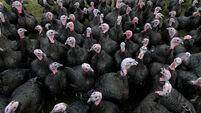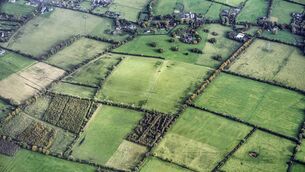EU shells out on mussel project

THE mussel producing sector in the Irish Sea is expected to benefit from a new €1.4 million European Union funded pilot project that will bring together scientific research from both Ireland and Wales.
It follows the launch of two other EU supported science and technology projects costing €7.3m to help protect and develop the marine life and fisheries industry in Wales and Ireland.










